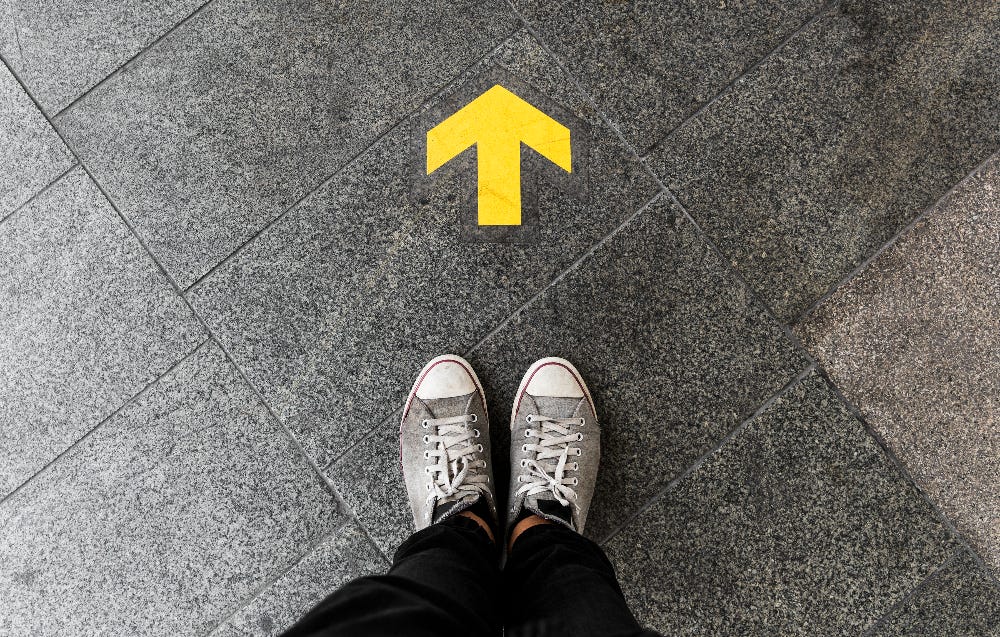Creative Karaoke: How Design Survived the A.I. Hype of 2024
Let's skip the tired ritual of declaring "colors of the year" or dissecting design trends - that's the comfort food of industry journalism. We've had enough empty calories. If you want to hear about gradients, neo-brutalism, or whatever style Instagram decided was cool this month, you can find plenty of top-10 lists elsewhere.
Instead, let's talk about what really happened to design in 2024
This was the year when AI exposed our industry's deepest insecurities. While marketing folks grappled with ChatGPT's mediocre copywriting, we in the design world watched an parade of AI tools promising to "revolutionize" creativity. Midjourney, DALL-E, and countless others filled our feeds with an endless stream of visually impressive but spiritually empty images. It was like watching a skilled forger at work - technically proficient, but ultimately counterfeit.
Here's what nobody wants to say out loud
Most AI-generated design in 2024 was just creative karaoke - singing someone else's song in a slightly different key. Sure, it could mash up styles and spit out variations faster than any human. But not once did it produce anything that made us feel something genuine, that shifted our perspective, or that carried the weight of authentic creative intent.
The emperor's new clothes were procedurally generated, and everyone was too afraid of seeming technophobic to point out the obvious: AI isn't creating design; it's creating sophisticated pastiche.
Don’t get me wrong, this isn't a rant against AI.
In fact, 2024's AI explosion taught us something profound about design itself. In watching machines attempt to replicate creativity, we were forced to confront what makes design genuinely meaningful. It's not about following principles or mastering tools - whether those tools are Figma or Midjourney. It's about the human capacity to embed meaning, to understand context, to challenge assumptions, and to connect emotionally.
The best design work of 2024 didn't come from those with the most advanced AI tools or the biggest tech budgets. It came from designers who understood that their value lies not in their ability to generate beautiful images or follow trends, but in their capacity to think deeply, to question intelligently, and to solve problems creatively.
Mistaking a calculator for a mathematician
Some will call this elitist or anti-progress. They'll say I'm defending traditional design against the inevitable march of technology. They're missing the point. This isn't about protecting turf - it's about understanding what actually matters in design. AI is a powerful tool, but treating it as a replacement for human creativity is like mistaking a calculator for a mathematician.
As we enter 2025, the design industry stands at a crossroads. We can either chase the next AI feature, desperately trying to stay relevant in a world of automated creativity, or we can double down on what machines can't replicate: our humanity, our ability to think critically, and our capacity to create work that resonates on a deeper level.
The truth is, in an age where anyone can generate visually pleasing designs with a few prompts, the real value of a designer lies not in their ability to make things look good, but in their capacity to make things mean something.
To my fellow designers
Stop worrying about whether AI will take your job. Instead, focus on the aspects of design that can't be automated - strategic thinking, cultural understanding, emotional intelligence, and the courage to push beyond the obvious. These are the skills that will matter in 2025 and beyond.
Back when Photoshop still had a splash screen, a junior designer asked me what makes great design. I told her what my mentor told me: "Learn the rules like a pro, so you can break them like an artist." In 2024, watching AI masterfully follow every design rule in existence while creating absolutely nothing memorable, I finally understood what that really means.
So here's my message for 2025: Stop trying to compete with machines at being perfect. Instead, be gloriously, unapologetically human. Break rules. Make mistakes. Create things that some people might hate. The most interesting designs I saw this year didn't come from perfectly balanced layouts or safe and predictable choices. They came from designers who dared to be wrong in all the right ways.
Let the machines churn out infinite variations of what already exists. Our job is to imagine what doesn't exist yet. Sounds scary? Good! That's exactly what happens when designers think outside the box.
See you in the beautiful chaos of 2025.


